Commonly associated with wintry adventures to unfamiliar destinations, the Northern Lights are a spectacle that some spend their whole life dreaming of seeing.
It isn’t an impossible goal, though, and you don’t have to voyage to foreign lands to try and see them for yourself. The aurora borealis is a sight easily seen from American soil.
While Alaska would be your best bet, being furthest north, it is possible to catch the Northern Lights at lower latitudes in the contiguous 48.
Can you see the Northern Lights in Colorado?
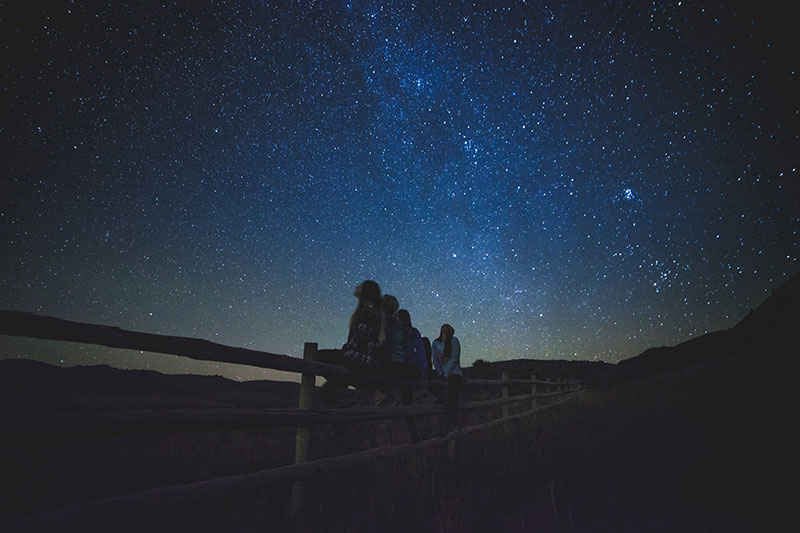
Yes! We’d like to say that nothing is impossible. It is unlikely to see the aurora in Colorado, improbable but not impossible.
Has the Northern Lights ever been visible in Colorado?
The most recent sighting of the Northern Lights in Colorado was April 2, 2022.
Residents of the state witnessed a Cannibal coronal mass ejection in the form of two huge solar flares that caused red and pink ribbons of light in the northeast of the state’s night sky.
The week before, there was another sighting. Photographs show swathes of pink and green. The most well-known color combination of the aurora, blue and green, haven’t been seen in their full vibrancy together in Colorado since 2003.
There is hope that there will be more sightings in Colorado soon, though. The sun goes through a cycle every 11 years, at the height of which it creates great amounts of electromagnetic activity that causes the Northern Lights.
What kind of conditions make it possible to see the Northern Lights in Colorado?
Anywhere in the world, you need prime conditions to see the Northern Lights. That means a clear sky – clouds can block out the aurora and prevent you from seeing it, even if it’s showing across the night sky above and beyond those clouds. Rain can can also hamper the view. You’ll need a clear, dry night for the best conditions.
Specifically in Colorado, you’ll also need a greater chance for the Lights themselves to be showing. The likelihood of the aurora taking place is based on specific scientific measurements that can forecast how strong the Lights will be on a night. It’s a numbers game and, if the odds aren’t high enough, you won’t be able to see the aurora no matter the conditions.
Why aren’t the northern lights as visible in Colorado as other places like Alaska?
The further north you go, the easier it is to see the Lights. That’s why they’re called the aurora borealis, because they take place at the north pole.
The aurora australis takes place at the south pole. The further you move away from these two poles, the less strong the aurora appears until it’s virtually undetectable if not completely invisible at the equator.
Since Alaska is closer to the north pole, the Northern Lights are more visible there than at Colorado, a state located significantly lower.
What is the KP-Index and how does that relate to seeing the northern lights in Colorado ?
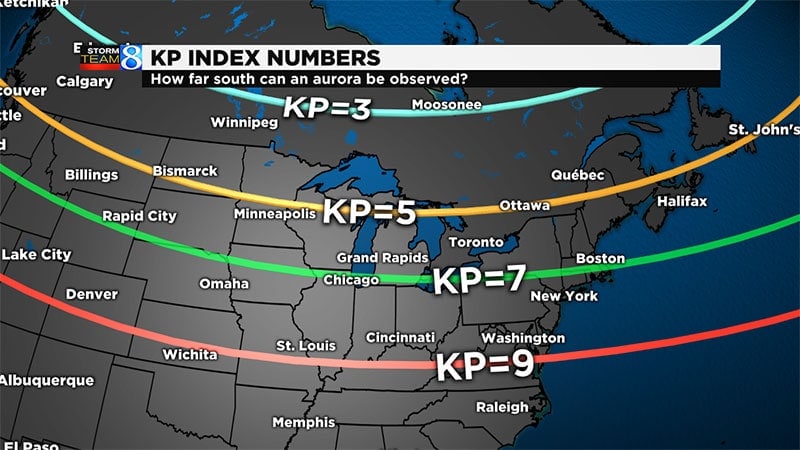
The Kp-index is what is used to forecast the Northern Lights. It is a scaled rating on which the geomagnetic activity at certain places across the globe is measured and recorded over a three hour period.
The Kp-index’s ratings scale measures the likelihood of the aurora, going from 0 to 9. A rating of 0 signifies extremely unlikely chance of visibility and a rating of 9 signifies that there’s an extreme geomagnetic storm.
Meteorologists then use an algorithm that they adjust to the latitude at which the recording is measured so that they can determine the odds of seeing the Northern Lights in that location.
Any rating below a 4 means that we are unlikely to see the Lights. Mid-northern hemisphere latitudes need a rating of about a 7 to be able to see them, while lower latitudes (those near to the equator) need an 8 or 9.
Colorado is not too well situated for viewing the Northern Lights. According to the Kp-index, a 7 is needed for guaranteed visibility from Denver, Colorado.
Your location in the state can affect your Northern Lights viewing. The Kp-index measures out in ringed bands based on the curve of the globe, so that residents in the north and center of the state are more likely to catch a glimpse than those in the southern corners of the state.
What are the best places to see the northern lights in Colorado?
Dinosaur National Monument
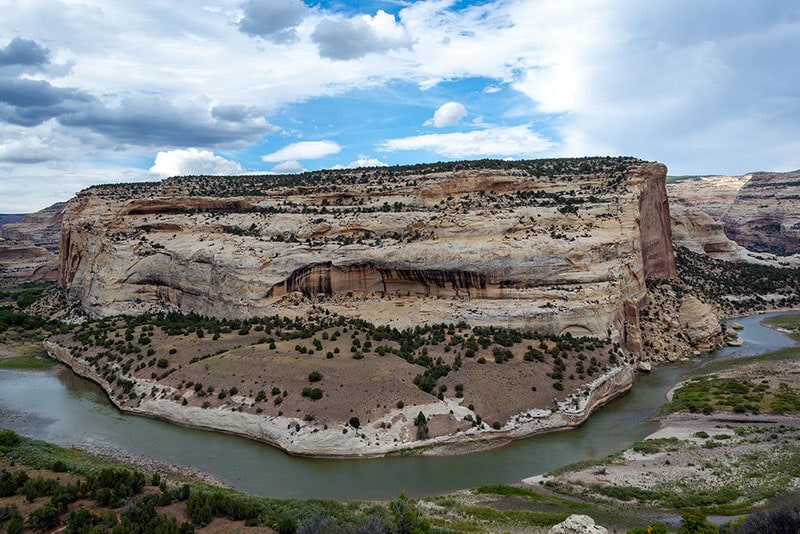
(photo: Matthew Dillon)
The Dinosaurs National Monument is a fascinating place to visit all year round. The 210,000 acres are split between two states: Utah and Colorado.
The Utah side has the actual Dinosaur Fossils, while the Colorado side allows for outdoor adventuring: scenic drives, extensive hiking, and river rafting throughout the canyon scenery.
It’s a wonderful place to spend the day soaking in the nature and history of Colorado. It is also an especially good location to spend the night – it’s one of the darkest places in the country, rated to allow you to be able to see over 4,000 stars with the naked eye.
An ideal location to go watch the Northern Lights with some of the least light pollution in the state.
Great Sand Dunes National Park & Preserve
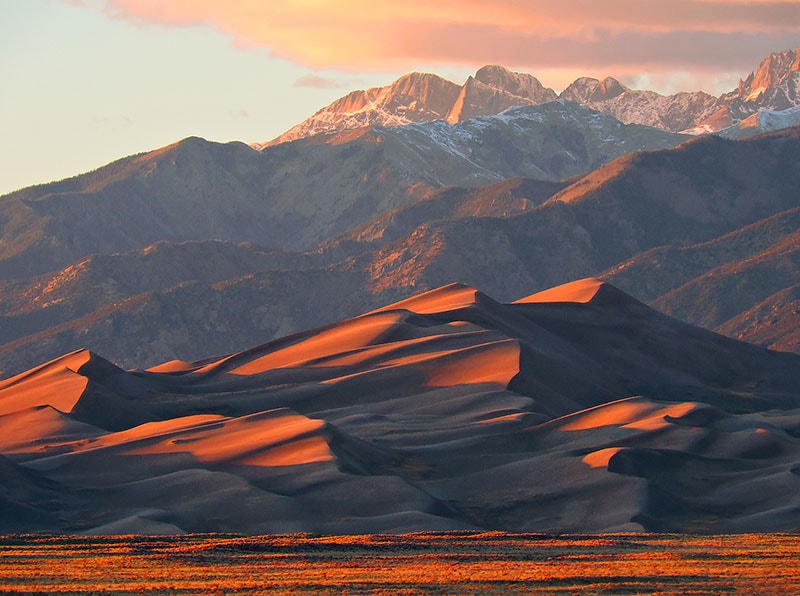
(photo: NPS)
Many may not expect that the tallest dunes in North America are in Colorado. The Great Sand Dunes National Park & Preserve … In 2019, the Great Sand Dunes were awarded a Gold-Tier Certification by the Dark Sky Association.
What better location to go catch sight of the night sky? It’s tied with Dinosaur National Monument for the best place to go aurora hunting.
The dry air at the Dunes is especially conducive to Northern Lights viewing. They even offer night programs in the summer that are free and help guide your night sky viewing.
UFO Watchtower
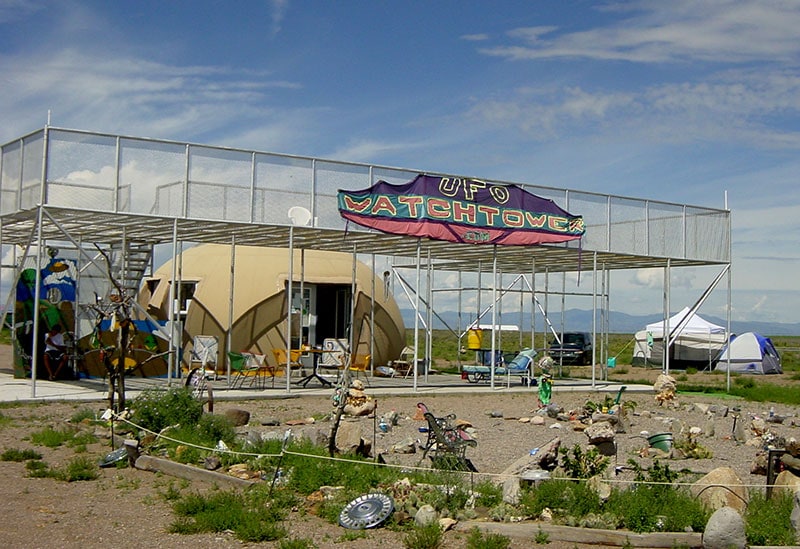
(photo: Plazak)
Not far from the Great Sand Dunes, the UFO Watchtower sits in the San Luis Valley. What better place to try to see some other worldly sights.
Built by alien enthusiast Judy Messoline, the Watchtower is a mecca for those wanting to try to spy some out of this world sights.
The Watchtower claims to have been the site for several UFO sightings over the years. Whether or not you think you’re a lucky one to catch such a rare sight, there are other celestial wonders to behold there.
Camp overnight and you may have the chance to at least see the Northern Lights, if the forecast is promising.
Curecanti National Recreation Area
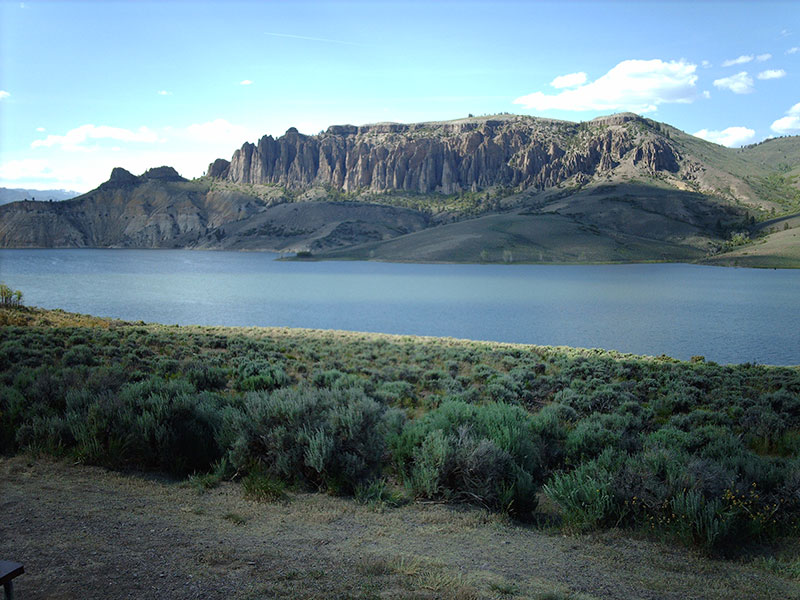
(photo: Nationalparks)
Curecanti National Recreation Area is a man-made scenic expanse. It was first established in 1965 when the government formed the three reservoirs by blocking off the Gunnison River.
By day, there are countless things to do at the Recreation Area. It’s an outdoor adventure land ripe for boating, fishing, bird watching, and hiking.
By night, there’s still plenty to do. The vast wilderness allows for clear, dark skies at night. They even have Night Ranger programs that leads observers through a guided tour of the moon, planets, and stars.
As Curecanti is open 24 hours a day, all year ‘round, it’s ideal to visit for night sky viewing.
Jackson Lake State Park
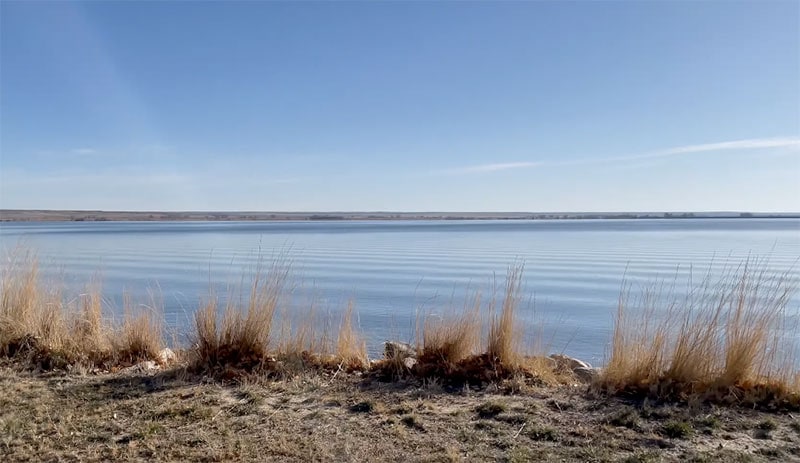
Jackson Lake dates back to the Gold Rush that swept through Colorado and demanded a solution to water storage problems in the region.
At the turn of the century, Jackson Reservoir was built, and in the 1960s it was bought by the government and turned into a recreational site.
Since then, its more than 3,000 acres of land have welcomed weekenders looking to boat, fish, and swim in the reservoir lake.
It’s an oasis in the plains, home to a wide variety of flora and fauna. It’s an ideal location to go look out for the aurora as it’s open year ‘round, 24 hours a day. You can choose to camp or just visit for a few hours overnight.
Rocky Mountain National Park
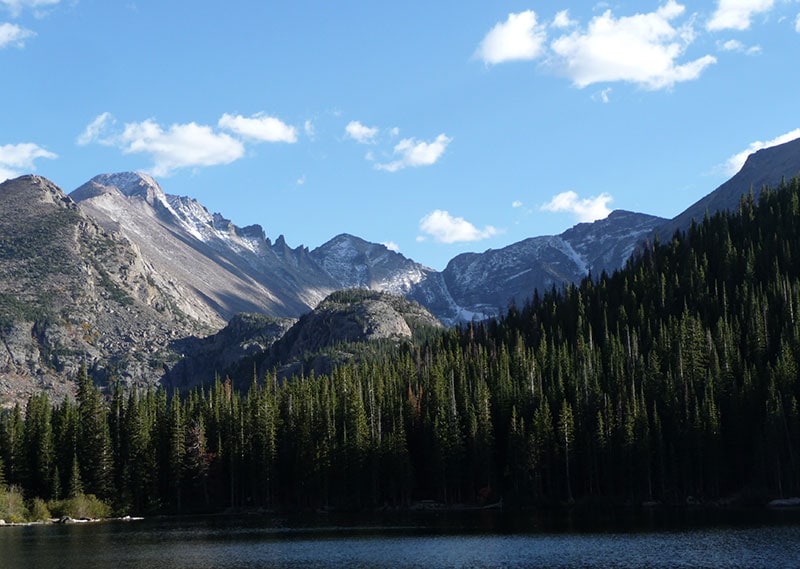
(photo: Daniel Mayer (Mav))
Arguably one of the most iconic natural sites in the country, Rocky Mountain National Park is a land of extremes that go from meadows to mountains over 265,000+ acres of land.
From valley lake to snowy tundra, there’s a wide variety of awe-inspiring nature to enjoy that makes for a wonderful backdrop to view the night sky.
In fact, the Rockies are high on the list for good place to view the Northern Lights. The park is dedicated to preserving the unparalleled nighttime views in the Rockies.
All construction and refurbishment is kept with that scenery in mind as the park tries to minimize any light pollution.
In both summer and winter, the park offers night sky astronomy programs that help guide viewers through their observance of the stars, moon, and other celestial objects.
If you can regularly see the Milky Way above the mountains on the horizon, you’ll surely get a good view of the aurora when it comes.
Westcliffe & Silver Cliff
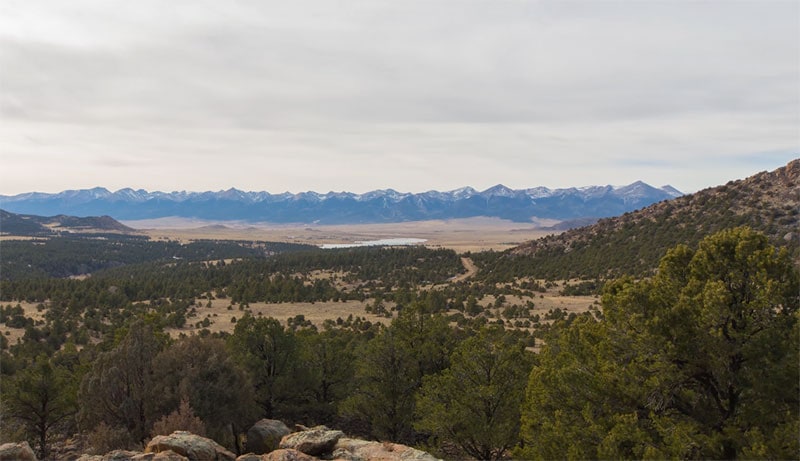
These settlements may seem like an unexpected resource for nightsky viewing. Originally booming Gold Rush towns in the 1880s, today both Westcliffe and Silver Cliff are home to less than 2,000 residents.
Their location settled in between the Wet Mountain and Sangre de Cristo mountain ranges mean that they are extremely sheltered from urban light pollution.
In fact, the two settlements are dedicated to remaining rural and limiting their outdoor nighttime lighting.
If you’re not one for getting lost in the dark on hiking trails, perhaps driving over to Westcliffe or Silver Cliff for a nighttime vigil would be a more comfortable option. They’re both Dark Sky certified.
Chimney Rock National Monument
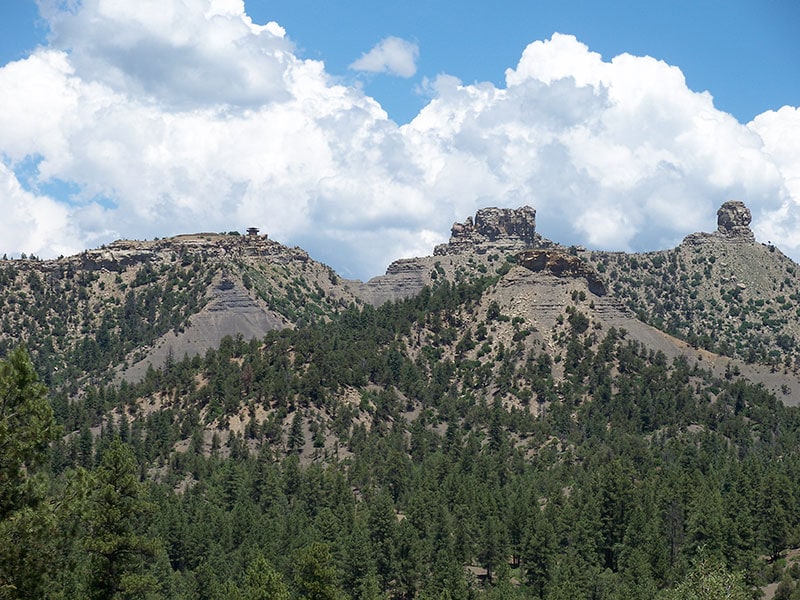
Not to be confused with the monolith in Nebraska nor the winery in Napa, Chimney Rock National Monument in Colorado is an archeological site dedicated to the preservation of Puebloan history and artifacts.
On the very edge of the state in the San Juan National Forest, Chimney Rock preserves 200 ancient home you can explore and offers 360º views of the surrounding area, across Colorado and sweeping down into New Mexico.
Chimney Rock also offers night sky programs. They offer monthly programs that are dedicated to archaeoastronomy: studying the moon cycles and when it rises precisely in between the two chimneys and how our ancient ancestors also understood this cycle and built their settlement accordingly.
Their nighttime opening hours are limited to certain days and times, so you will need to plan your visit in advance.
Black Canyon of the Gunnison National Park
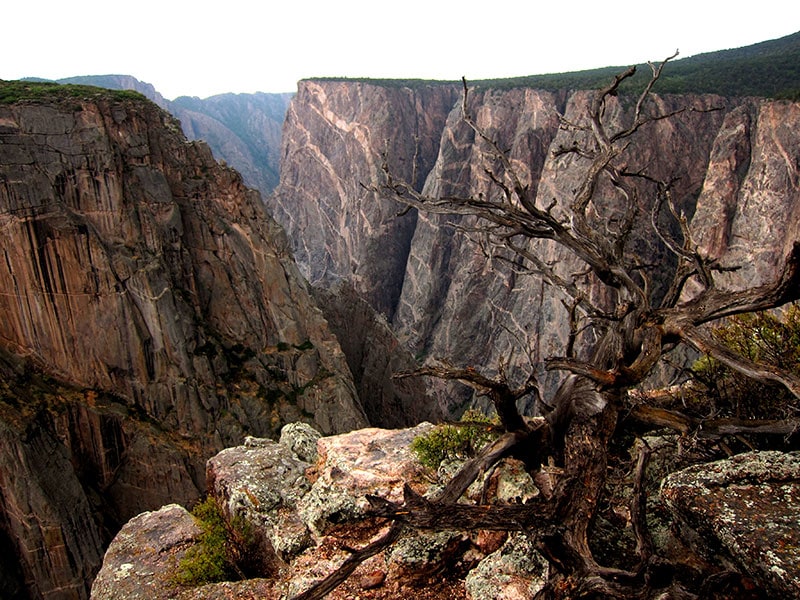
(photo: NPS)
The Black Canyon of the Gunnison is a canyon split by the Gunnison River. The canyon runs for a whopping 48 miles in length, but only 12 of those miles are contained within the National Park, continuing up into the aforementioned Curecanti National Recreation Area.
The part of the canyon that is in the National Park is by far the most dramatic, so much so that this part of the gorge only receives 33 minutes of sunlight each day, it is so steep and narrow.
Since 2015, Black Canyon of the Gunnison has been an International Dark Sky Park. They’re so dedicated to nightsky viewing that they have recommendations for where to go in the summer and winter and at what time.
Hovenweep National Monument
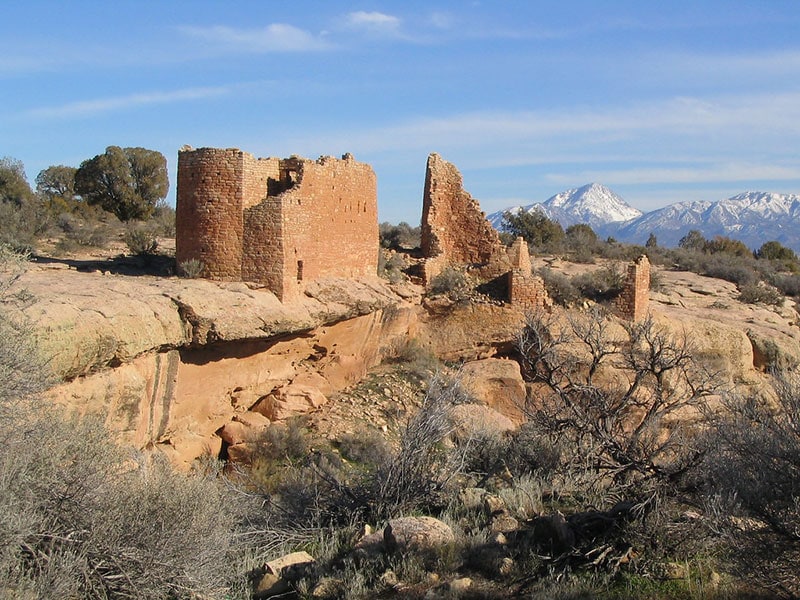
(photo: Kevin Lund)
Hovenweep National Monument is a site of human history that dates back millennia. There are artifacts from hunter-gatherer civilizations in the area from over 8,000 years ago, after which ancestral Pueblos built six villages from stone.
Many of these building still stand, despite being abandoned in the 14the century. The name Hovenweep comes from the Ute language, meaning “deserted valley” – a name that speaks strongly to the native ruins and desolate canyon landscape.
Visiting Hovenweep for stargazing and aurora hunting is an outer-body experience as you try to chase the same magnificent, celestial views our ancestors did hundreds of thousands of years ago in the same place.
Tips for seeing the Northern Lights in Colorado:
-
Be prepared … to wait. While the aurora can happen any time after dark, there isn’t a set point the show starts. Soon as the sun goes down, it’s theoretically possible to see the Northern Lights. But that can be any time from sunset, through the night and the wee hours of the morning until sunrise.
-
Be prepared on your wait. Depending when and where you go to catch the aurora, think to bring camping chairs, blankets, snacks, warm drinks, etc.
-
Bring a flashlight! Just because your phone has one doesn’t meant you should use it. You don’t know how long you’ll be out at night, probably far from a charger, so conserve your phone’s battery just in case.
-
Make the trip. You don’t have to go abroad, but think about going ever so slightly further afield. It may be worth it. Light pollution from nearby towns and cities can mar the pure blackness of the night sky and limit your view of the aurora, dampening if not completely blocking out the Northern Lights.
With so many prime locations to view the Northern Lights, thanks to the many International Dark Sky designations at sites throughout Colorado, we have no doubt that if the forecast for the aurora is promising, you’ll be able to catch an uninterrupted view of its magnetic beauty that attracts us all.

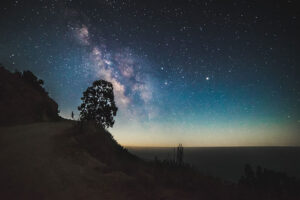
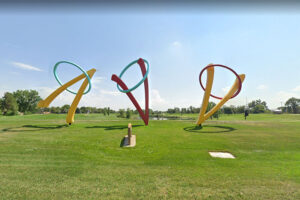
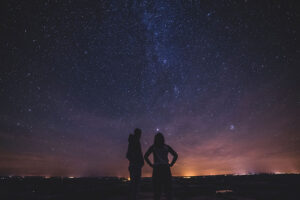
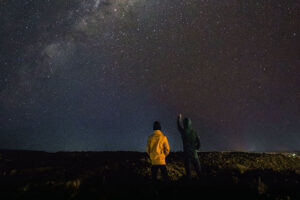
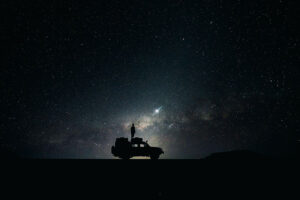
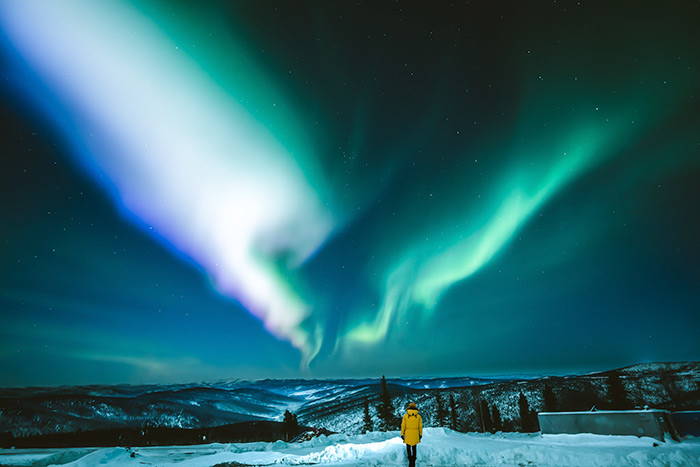
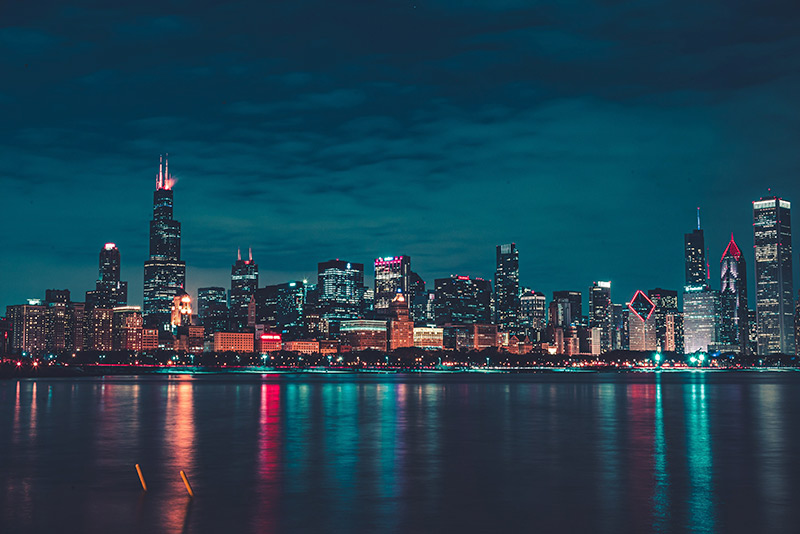
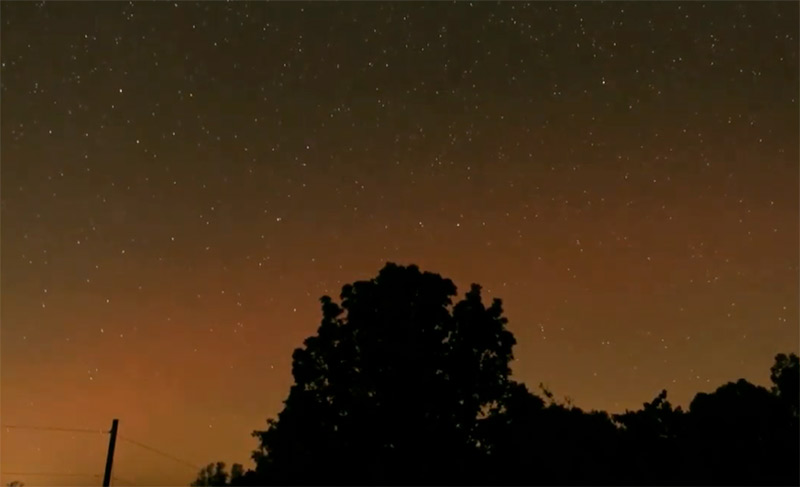
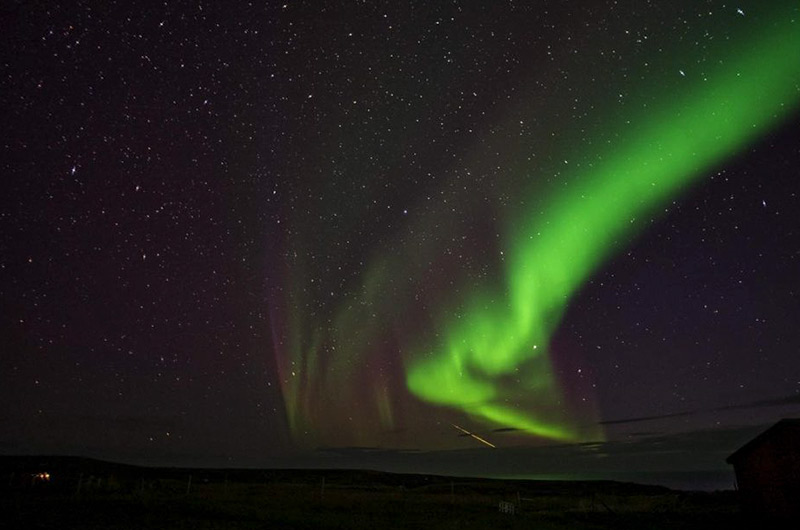
Leave a Reply